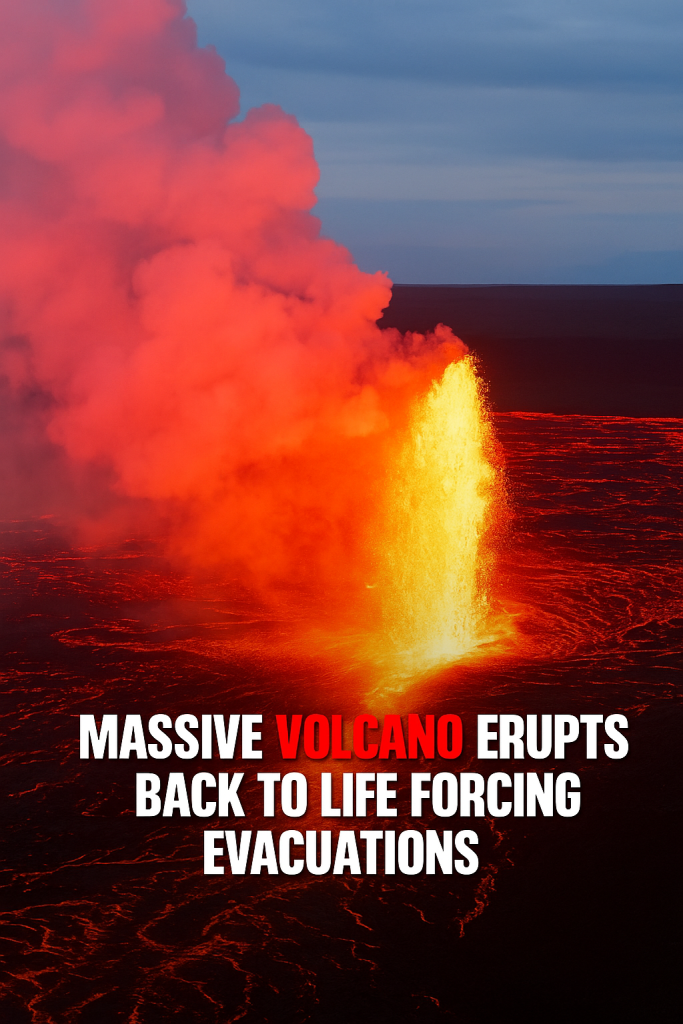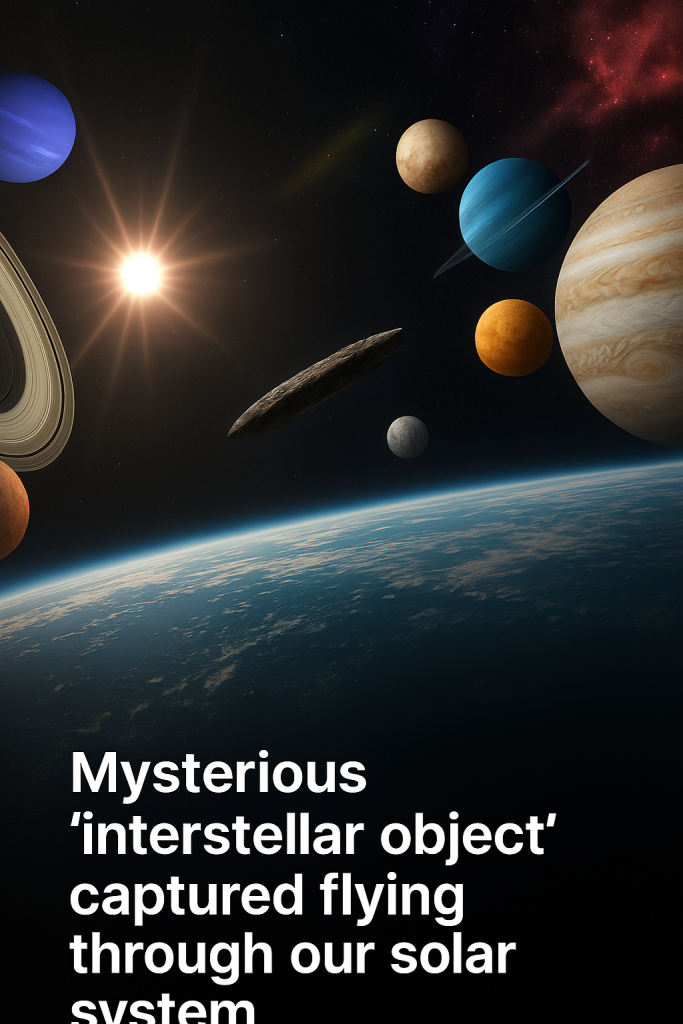Iceland’s Reykjanes Peninsula has once again unleashed its volcanic might, with the region experiencing its 12th eruption in just four years. Breathtaking drone footage circulating on social media reveals streams of glowing lava flowing across the rugged landscape, offering a rare and spectacular glimpse into nature’s raw power.
The most recent eruption, which began in early June 2024, continues a striking period of seismic and volcanic activity that has made the Reykjanes Peninsula one of the most active volcanic zones in Iceland’s recent history. This latest event adds to a series of eruptions since 2020 that have dramatically reshaped the area’s terrain and captured the world’s attention.
According to geologists monitoring the ongoing activity, the eruption on the Reykjanes Peninsula emerged from fissures near the Fagradalsfjall volcano, a site that has been unusually active throughout the past several years. The lava flows have been relatively effusive, characterized by slow-moving streams that illuminate the night with vibrant reds and oranges, clearly visible in the recent drone videos.
The drone footage, shared widely across platforms, highlights the fissures’ fiery glow and the molten lava snaking through Iceland’s barren volcanic landscape. These visuals serve as both a scientific record and a captivating spectacle for viewers worldwide, emphasizing the dynamic nature of this geological hotspot.
This surge in volcanic eruptions is closely linked to tectonic shifts along the Mid-Atlantic Ridge, where the North American and Eurasian plates diverge beneath the peninsula. The intense magma activity beneath the surface has led to frequent eruptions, seismic swarms, and ground deformation across the region, making it a focal point for volcanologists and emergency management teams.
While the continued volcanic eruptions have not triggered major evacuations this time, authorities remain vigilant due to the proximity of inhabited areas and vital infrastructure such as Keflavik International Airport, located approximately 30 kilometers from the eruption site. Air quality monitoring and ash dispersion tracking are ongoing to mitigate any potential impacts on public health and air traffic.
Scientists note that such repeated volcanic activity over a short span is unusual but not entirely unprecedented for Iceland, which sits atop one of the world’s most geologically active zones. These eruptions provide valuable insights into volcanic behavior, magma dynamics, and how geological processes evolve over time in rift zones.
Beyond the scientific interest, the eruptions have spurred tourism to the region, with visitors flocking to witness the awe-inspiring lava flows firsthand—though with strict safety guidelines in place. The island nation’s ability to balance public safety, environmental conservation, and geological marvels continues to impress experts worldwide.
As Icelanders and the global community watch the new lava patterns reshape the Reykjanes Peninsula, these dramatic images remind us of the volatile beauty of our planet and the powerful forces hidden just beneath the Earth’s crust. The future holds more lessons and spectacles as this volcanic saga continues to unfold.



